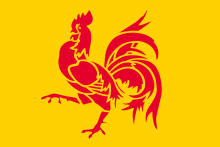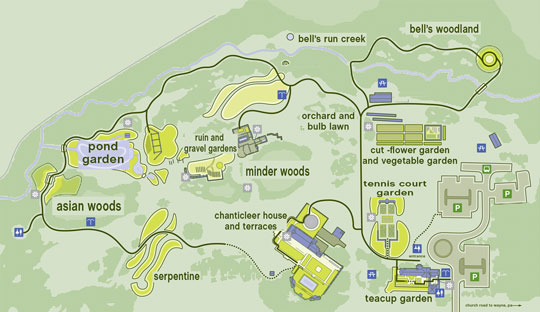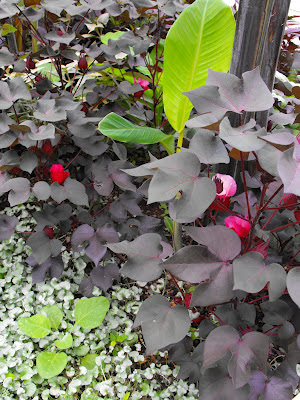Gin.
Why?
 Well, it owes to the obvious: I garden. I like gin. No, I love gin. 'Nuff said.
Well, it owes to the obvious: I garden. I like gin. No, I love gin. 'Nuff said.Seriously, though, any drink made with so many botanicals (the juniper berry joined by diverse and various combinations of almond, anise, bitter orange, cassia bark, cinnamon, coriander, cubeb, cucumber, frankincense, grains of paradise [a.k.a. Guinea pepper], lemon, licorice root, lime peel, nutmeg, orris root, rose petals, saffron, and savory) must be a friend to the gardener.
It's no secret that I thoroughly enjoy a gin and tonic. I especially LOVE Edinburgh Gin (to which Viet introduced and treated me last year with a bottle direct from Edinburgh as a birthday gift), because of its triumvirate of powerful flavors. When the gin first hits the palate, the milkiness of the Scottish Thistle titillates, and prepares the tastebuds for a mass eruption of the florals of the Scottish Heather, soon followed, after swallowing, by the spicy sharpness of Scottish Juniper. Apparently, the milk thistle strengthens the liver, helping it to remove toxins from the system. Must be why the Scots added it....so they could drink more.
So on Sunday I experienced the ultimate birthday confluence: gardens and gin and tonic. My friend Lauren treated me, after a scrumptious brunch at the White Dog Cafe in Wayne, PA, to a garden tour of Chanticleer.
No, no, dear reader. The staff at Chanticleer does not serve gin and tonics under the stone portico overlooking a portion of its magnificent gardens. No. Perhaps they should, as Lauren and I sat in those delightful rocking chairs overlooking the valley to the Lotus Pond, feeling the breeze caress our faces...
The connection (aside from the fact I promptly made a G&T as soon as I walked in the door) lies with the Rosengarten & Sons pharmaceutical company, which, founded in 1822 and absorbed by Merck & Co. in 1927, produced quinine (the chief flavoring in tonic). Chanticleer was the country house of the Rosengarten family.
Swoon.
I love this family: gardens, fabulous house, great architecture, stellar gardens, quinine (and by extension, in my warped, gin-soaked mind, Gin and Tonics), antiques, and literary wit.
Yes, about that wit. Adolph Rosengarten, Sr. played upon the fictional Chanticlere of Thackeray's 1855 novel The Newcomes, which was "mortgaged up to the very castle windows," but "still the show of the country," in naming his estate. In French, Chanticleer (chanter, to sing + cler, clear) has come to mean a rooster. Like the Gallic Rooster, Le coq gaulois, the unofficial national symbol of France, one finds understated (and sometimes not so understated), rooster motifs throughout the estate.
 [Footnote: The red rooster dominates the flag of Wallonia, the southern French-speaking region of Belgium. It's capital is Namur, and its largest metropolitan area is Liège, and though Viet and I went to both cities in 2010, I can assuredly note that I never saw this flag with its bright red...rooster. That would have been noticeable.
[Footnote: The red rooster dominates the flag of Wallonia, the southern French-speaking region of Belgium. It's capital is Namur, and its largest metropolitan area is Liège, and though Viet and I went to both cities in 2010, I can assuredly note that I never saw this flag with its bright red...rooster. That would have been noticeable.But what was noticeable: the Walloons persistently genuflected before their wealthier confederal partners, the Dutch-speaking Flemish. For instance, street signs in Wallonia appeared in both French and Dutch; in Flanders, street signs only appeared in Dutch. Walloons apparently need the Flemish more than the Flemish need their poorer southern neighbors. Velvet revolution anyone?]
But I digress.
Chanticleer is spectacular. No wonder why Jacki Lyden of NPR fame recently called it "quite simply, one of the most delightful gardens in the world."
It is: thirty-five acres of sublime plantings.

I especially relish the emphasis on foliar ensemble. This is the crux of my design style; flowers are lovely, but a deeper, more philosophical discussion ensues when attention concentrates on foliage.
For instance, look at this Strobilanthes dyerlanus, with its lovely magenta coloring. By itself, it makes quite a statement, especially as it is accented by the lime green leaves of the unidentified plant to the right.
Yet when one gets up close to that unidentified plant, one seems the magenta veining of the leaves, and those incredibly sharp thorns. This is gardening at its finest.
Those plants were in the Lower Courtyard of the Teacup Garden, our first stop during our visit. The Teacup Garden
reminded me of the White Garden at Sissinghurst, which has at its center a 17th century Chinese oil or ginger jar. The Teacup Garden is used to display ephemerals: all of the tropicals and sub-tropicals that do well in the steamy Pennsylvania summer, but otherwise die when temperatures fall.
Enormous Papyrus are made to shine from below by exquisite pairings of Dusty Miller with the maroon-leafed coleuses, Musa Black Thai,
and, one of my favorites in the garden, Gossypium herbaceum 'Nigra' with its stunning flowers attached to perfectly red stems.
The Teacup Garden is a wonderful introduction to Chanticleer. It must be the melancholic in me (though aren't all gardeners tinged with melancholia, never able to live in the moment, always recalling a past arrangement or imagining a different future?), but while some would revel in the exuberance of tropicals--quite the spectacle as one emerges from the Provence-style small interlude they call the kitchen garden,
which, though distinct and technically a "stop" on the tour, really is but a passage from the front gate to the Teacup Garden--I instead interpreted the garden differently once we dropped down in elevation to the Asian Woods. For the movement was one between stages of life: from the exuberance of youth to the staid maturity of the Asian Woods.
 Or one could view the Teacup Garden as a summary of all that lies before the visitor: a view of the ephemerality of life. We are all tropicals awaiting that hard frost that takes us away. But that is just too melancholic...even for me, prone as I am to bouts of lamenting the passage of time.
Or one could view the Teacup Garden as a summary of all that lies before the visitor: a view of the ephemerality of life. We are all tropicals awaiting that hard frost that takes us away. But that is just too melancholic...even for me, prone as I am to bouts of lamenting the passage of time.Blame it on the birthday--one that indicated I could no longer comfortably lie and say I am 40. We certainly can't blame it on the G&Ts, for those came afterwards.
There is far too much at Chanticleer, far too much seen and experienced, to comment upon in this post. I suppose I'll need to create separate entries.
In the meantime, go to Chanticleer if you are ever in the Philadelphia area. It cannot be missed.











No comments:
Post a Comment